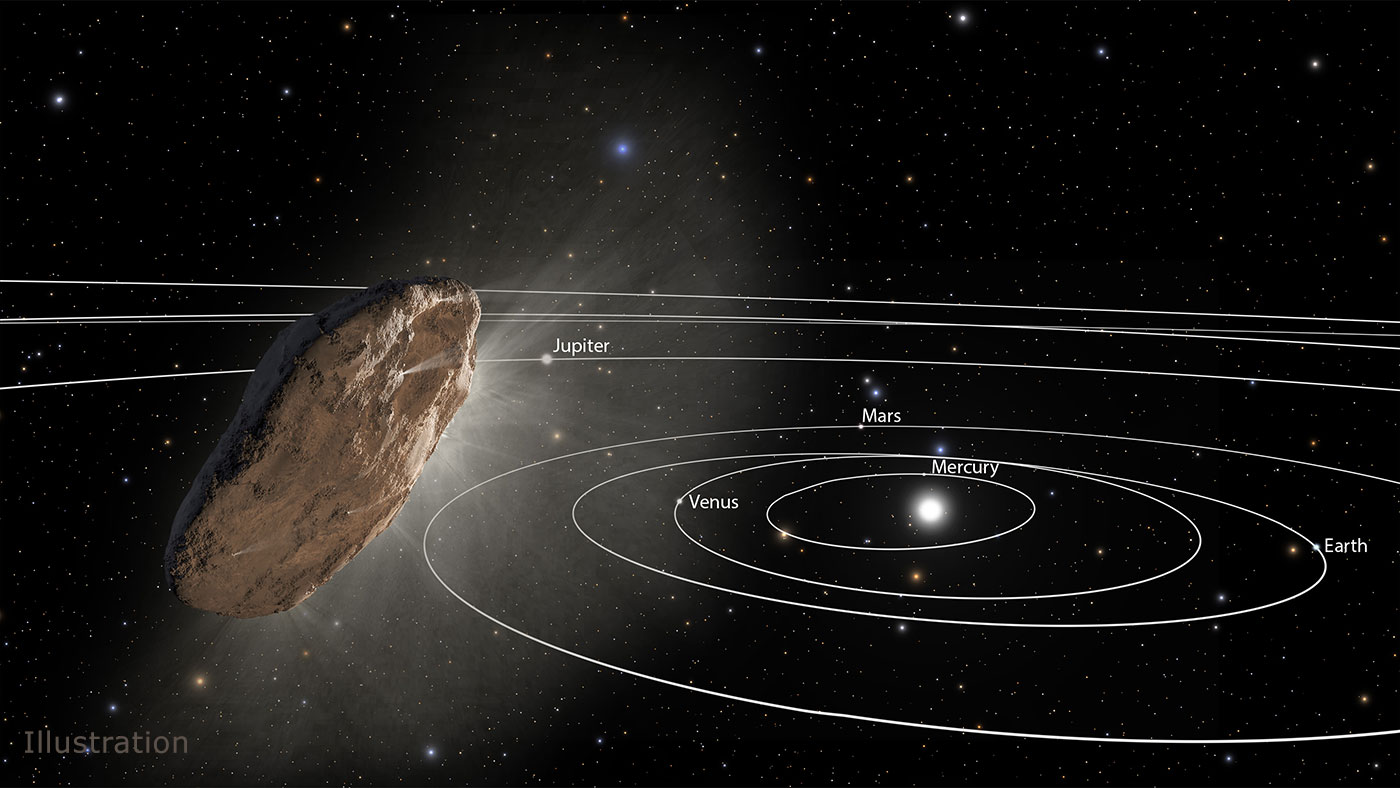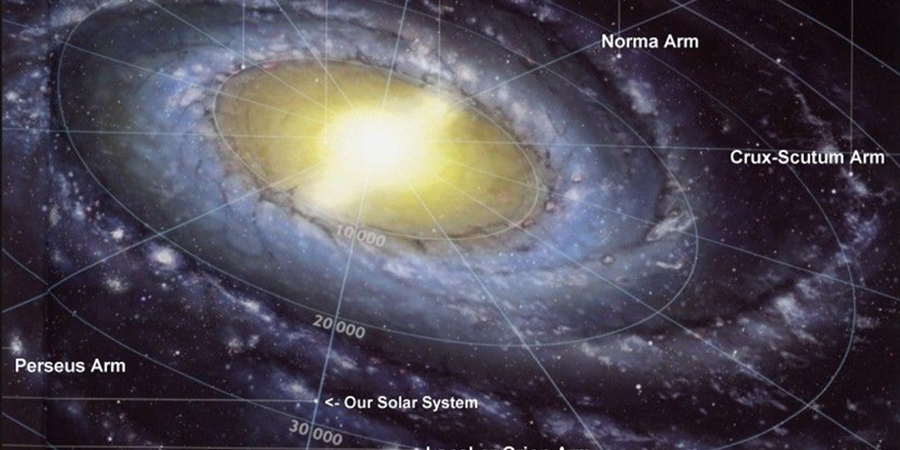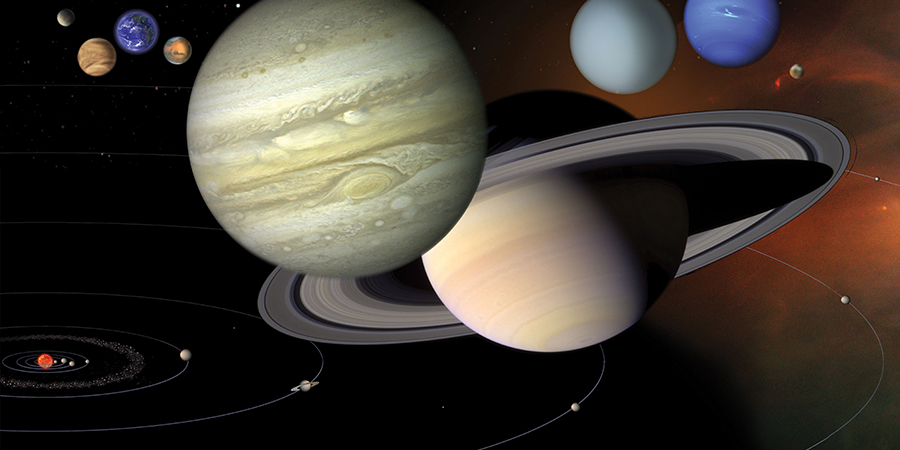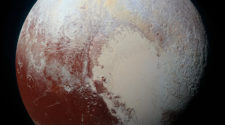
The solar system that everyone of us calls home is the fourth featured topic in our new QuizMe series of educational content. Put your knowledge to the test with these 10 questions about our tiny outpost within the galactic neighborhood. Afterward, please feel free to share your results and challenge your friends to take the test too.
Results
Congratulations%20on%20being%20an%20expert%20about%20our%20solar%20system.%20Keep%20learning%20and%20maybe%20someday%20you%5C’ll%20be%20out%20there%20in%20a%20spacecraft%20exploring%20it%20%5C’to%20infinity%20and%20beyond.%5C’
You%5C’ve%20still%20got%20some%20more%20studying%20to%20do%20before%20you%20are%20ready%20to%20blast%20off%20Earth%20to%20explore%20the%20solar%20system.%20We%20have%20faith%20though%20that%20if%20you%20keep%20learning%20you%20will%20make%20it%20out%20there%20one%20day.

#1. Which statement describes the atmosphere of the planet correctly?
Venus is 96% Carbon dioxide and 4% nitrogen. For the other planets – Mercury doesn’t really have an atmosphere; Earth is 78% nitrogen and 21% oxygen; and Saturn is 19% helium and the rest hydrogen.

#2. It takes the Sun 225-250 million years to do a single revolution of the Milky Way Galaxy. How fast does the Sun travel?
The Sun travels the distance between Amsterdam and Cloppenburg in Lower Saxophony, Germany each and EVERY single.

#3. To weigh roughly two-thirds less than what you do on Earth, which planet would you have to be on?
Surface gravity on Mars is only 38 percent of the gravity of Earth.

#4. The immediate galactic area around our solar system is a cloud known as the Local Fluff which is within an otherwise sparse region called the Local Bubble.
Bizarre though it sounds, the Sun is inside a located inside a cloud, known as the Local Fluff, which is located in the middle of a hot bubble called the Local Bubble.

#5. How old is the solar system?
The solar system is presumed to have formed at the same time as the Sun, about 5 billion years ago.

#6. How many planets are there in our solar system?
There are officially eight planets in our solar system – Mercury, Venus, Earth, Mars, Jupiter, Saturn, Uranus and Neptune. Pluto is no longer classified as a planet. There are also moons, asteroids and comets as well as the Kuiper Belt which includes Pluto.

#7. How long does it take for light from the Sun to reach Earth?
The Earth is 149.6 million km from the Sun, and since light travels at 299,792,458 m / s it takes just over 8 minutes to reach the Earth.

#8. In our solar system, the planets known as the giant planets are also known as the outer planets?
The giant planets, also known as gas giants are Jupiter, Saturn, Uranus and Neptune and have diameters greater than 48,000 km. They are also the outer planets. The small planets, Mercury, Venus, Earth, Mars, are also the inner planets.

#9. In 2007, Voyager 2 crossed the heliosheath boundary and into the vast region at the edge of our solar system where the solar wind runs up against the thin gas between the stars. What did this crossing confirm about the shape of our solar system?
It’s squashed. Because Voyager 2 crossed the heliosheath boundary 16 billion kilometres from where Voyager 1 crossed in 2004, scientists were able to confirm that the solar system is squashed or dented and that the bubble carved into space by the solar wind is not perfectly round.

#10. Are the orbits of the planets on the same plane?
The planets orbit in or close to a plane around the Sun called the ecliptic. The ecliptic is inclined 7 degrees from the plane of the Sun’s equator.






